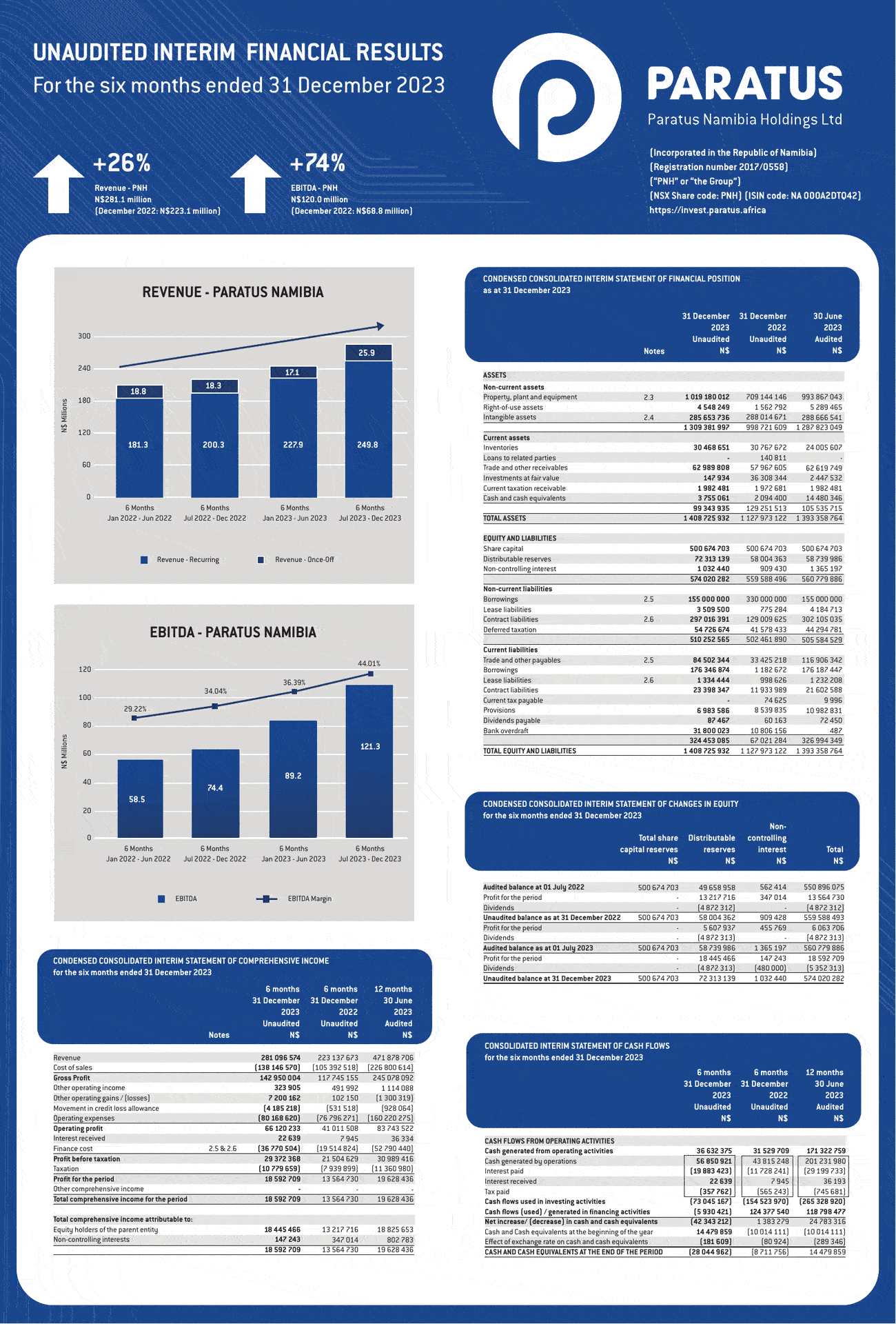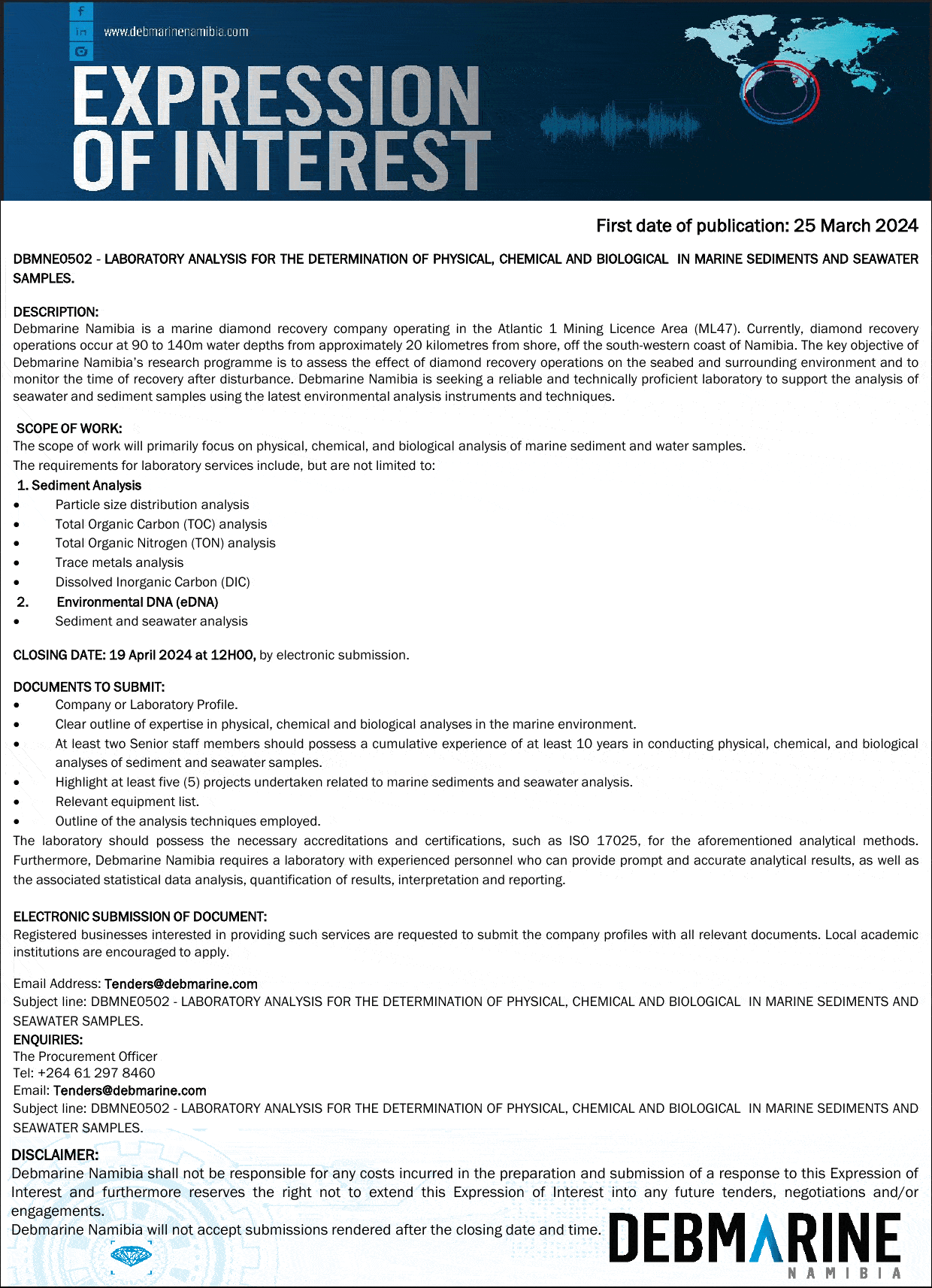
Global investment markets downscaling

Tilman Friedrich is a qualified chartered accountant and a Namibian Certified Financial Planner ® practitioner, specialising in the pensions field. Tilman is co-founder, shareholder and managing director of RFS, retired chairperson, now trustee, of the Benchmark Retirement Fund.
Interest rates in the US are still extremely low and money is still pumped into the system on a large scale through the Fed’s asset purchase programme, even though this has been reduced from a peak US$ 80 billion per month to now ‘only’ around US$ 65 billion. This is still a lot of money made available on excessively easy terms, representing around 5% of US GDP, for every 12 months it continues. To put this into a Namibian perspective, it would be like the Bank of Namibia pumping around N$ 7 billion into our financial system every 12 months, to raise its total assets by one third in the coming year!
The implications of this policy of the Fed have been felt in global financial markets since January 2009, are still felt evidently and will continue to be felt for a while. The FTSE JSE Allshare and the S&P 500 indices both raced up by close to 18% per annum, excluding dividends, the SA dividend yield currently being at 2.7%. Investors in equities will clearly be delighted about these returns. Interestingly, over the past 12 months the MSCI developed market index returned 16.9%, compared to minus 3.9% for the MSCI emerging market index and a superior performance of the FTSE/JSE ALSI’s return of 3.9% relative to its emerging market competitors. These returns are in US Dollars.
Both the S&P 500 and the SA Allshare indices are currently on a one year trailing P:E ratio of around 18. In the case of the latter this is not far off its 26 year peak at 19.4 in May 1994. In contrast the S&P 500 P:E’s 26 year peak was 37 in August 2002. Benchmarking against their 26 year trend lines, the SA ALSI P:E is currently around 20% over-priced, while the S&P 500 P:E is around 45% under-priced. As mentioned in the previous commentary, the growth in the SA Allshare index, adjusted for inflation is now on par with its peak just before the financial crisis struck and is about 30% above its trend line, measuring from a normalised starting point at the beginning of 1988, a 26 year period! The trend line implies a growth in real terms of roughly 3.5% per annum, excluding dividends (nominal growth has been 13% per annum). Contrasting this with the S&P 500, its current level, inflation adjusted, is around 10% above trend line, which implies a growth of 4.5% per annum in real terms, excluding dividends (nominal growth has been 7.5% per annum). In real terms the US market has thus out-performed the SA market by 1% per annum. If the South African market is currently priced at 30% above its 26 year trend line, while its P:E ratio is 20% above its trend line, it implies that company profits are around 8% above trend line. The US market being priced at 10% above trend line, with a P:E ratio at 40% below its trend line implies that US company profits are around 50% above trend line. This analysis tells us that both the South African and the US equity markets are in risky territory where the likelihood of profits and valuations declining to normal levels is substantial, more so in the US than in SA though. These markets are undoubtedly powered by monetary policy measures of central banks in the developed world. Investors in fixed interest instruments however, find themselves on the opposite end of the scale, having had to cope with very low real interest rates. Most notably these investors are pensioners who are in no position to manipulate their returns anymore. Since the SA economy is commodity based, these contributing around one-third of its GDP, the trend in global commodity prices should also impact noticeably on the local equity market. These are in turn impacted significantly by what is happening in China, which has been the largest importer of a number of base minerals over the past number of years. China is in the process of adapting its economic policies away from its previous export focus. As a result, there will be little support of a return of global commodity prices to previous levels and consequently little support of the Rand from that source. While central bank policy intervention persists interest rates will remain low and equity markets will continue to thrive. Foreign portfolio flows into developing markets should support the currencies of these markets for the next 12 months and we should thus see a slightly stronger Rand, no tailwinds for the Rand to be expected from global commodity prices. This environment should give a fair clue of what investors should expect of financial markets over the next 12 months. It favours offshore diversification and equity over fixed interest investments. As pent-up consumer demand starts to unravel slowly, we should see consumers starting to borrow to spend again. This trend should continue to favour the financial and the industrial sectors relative to the consumer goods and services and basic materials sectors.














































